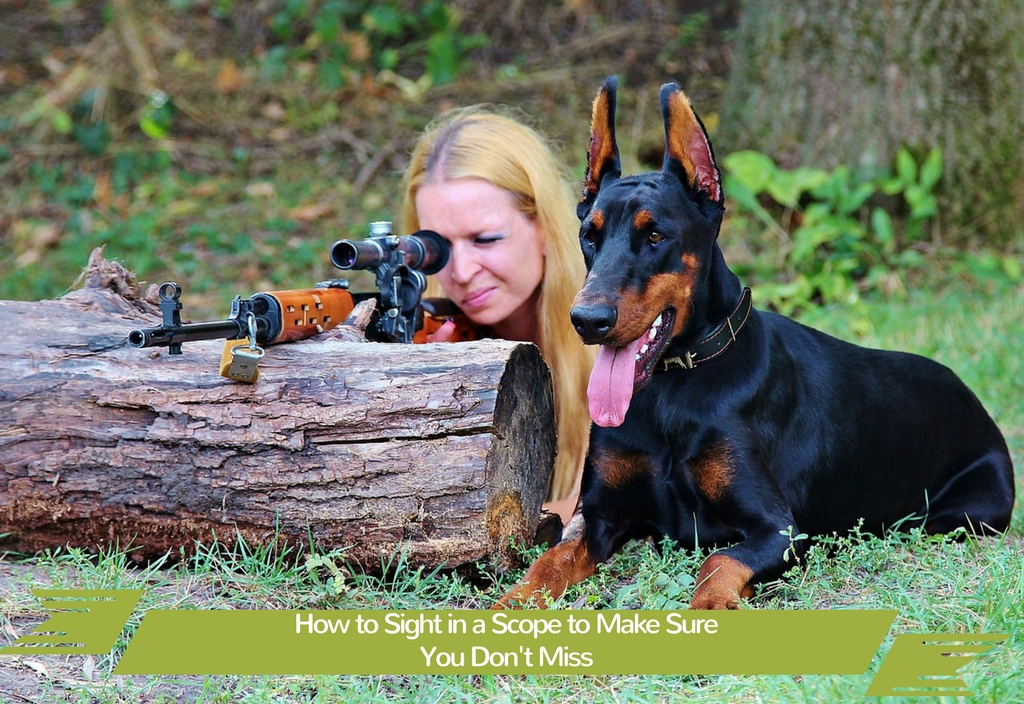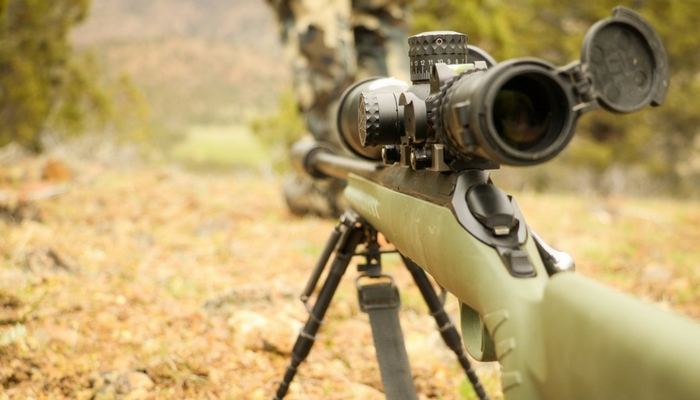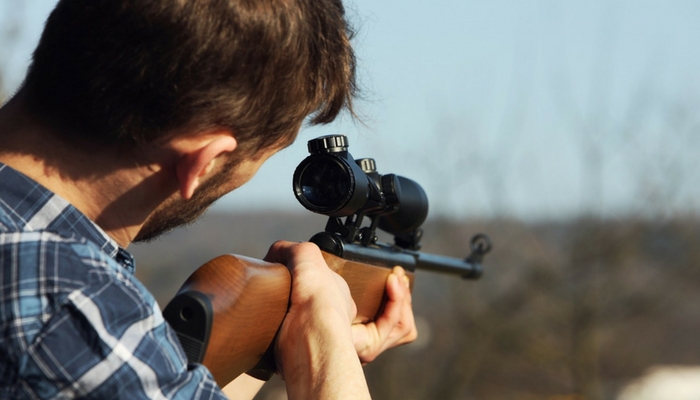 Scopes are an integral component in firearms. Whether it is for target shooting or hunting, a scope will enhance the experience. A scope allows a shooter to see their target, increasing accuracy and creating a safer environment. The chances of hitting your target without a scope are not as high. If hunting, missing your target will cause the wildlife to run away without a hit. There are many ways to ensure accuracy, and it starts with the scope.
Scopes are an integral component in firearms. Whether it is for target shooting or hunting, a scope will enhance the experience. A scope allows a shooter to see their target, increasing accuracy and creating a safer environment. The chances of hitting your target without a scope are not as high. If hunting, missing your target will cause the wildlife to run away without a hit. There are many ways to ensure accuracy, and it starts with the scope.
How to Find the Right Scope
Finding the right scope for your firearm can be a confusing process. Thousands of firearms can mount a scope. There are also different types of scopes on the market. It is easier to look for a scope based on your shooting habits to avoid being overwhelmed and to find the right one for you.
If you are mostly a long-range shooter, then you will need a slightly more sophisticated scope. Scopes with high-powered optics have the ability to hit 4-6-inch vital zones on your target over 400 yards out. Magnifications on the scope can include the 4-16X range, 5-20X range, 5.5-22X range, and 6-24X range.
Long-distance scopes also usually have fine crosshairs for pinpoint accuracy. Some scopes have illumination control and can help keep the crosshairs in view over long distances. They are also commonly used in low-light. Lastly, it may also be beneficial to have a ballistic turret for shots more than 800 yards. The ballistic turret aids in bullet drop and holdovers.
A riflescope is a better choice for more relaxed hunters who are firing at shorter distances. This mostly applies to deer hunters who hunt for food and not for sport. Most of the time a magnification in the 3-9X40 range is the perfect choice, and you may not need to try another one. It is great for shorter, long-distances around 200 yards or less. However, for some hunters that still may not be suitable. If magnification is not as important, lower-powered scopes are available. The 1-4X, 2-7X, and 3X range may be perfect for you.
A good rifle scope should have a duplex reticle. Its main feature is to focus your eye on the center for better accuracy. They work best on the 4-12X, 3-9X, and 3-12X range and are not suggested for anything below the 2-7X range.
Like the long-range scope, having an illumination feature is beneficial. As many hunters know, the peak time to spot deer is during low-light hours. The illumination will enhance accuracy and help you see your targets better.
Sighting in a Scope
The primary cause of scope issues is that it is not properly installed to begin with. Most modern firearms contain a mounting system. They will either be pre-drilled, contain tapped holes for scope bases, or have rail system with grooves. The scope and rings selected need to fit the mount you have. When it comes to installing it, experts suggest mounting the scope low on the firearm. This will give room for the bolt to operate at the eyepiece.
Before you begin to attach the pieces, make sure they are dry and clean. Applying a thin layer of rust-proof oil can be beneficial. When attaching the mount, scope, and rings, make sure everything is aligned perfectly and in the right direction. Some people tend to attach parts backward.
A major component in sighting a scope is making sure the eyepiece is situated correctly. You should see a clear and well-defined image when you look through the eyepiece. It is important that there is a decent amount of distance between the end of the scope and your eye. There is a chance that when the firearm is fired, the recoil may cause the scope to hit your eye.
In order to properly sight in a scope, you will need a firm shooting position. There are two ways to do this: with a bipod or with a bench mount. Although either way is efficient, the bench mount can reduce recoil up to 95% without sacrificing accuracy.
Canted reticles may cause shots to go left or right of your target. A canted reticle is when the scope crosshairs are not aligned with the elevation and wind adjustments. This greatly affects accuracy for targets that are more than 250 yards away. A bore sighter will help align the crosshairs. The most common bore sighter utilizes a laser that is inserted into the chamber or muzzle. Another type attaches to the muzzle with a magnet and has an illuminated image that you align the crosshairs with. It is best to go to a trusted gun dealer to decide which bore will work best with your firearm.
You also need to zero your scope by setting up the Minute of Angle (MOA). This is typically done at an outdoor shooting range due to the set yard distances. This is done by turning the elevation/windage knob. Four whole clicks, 1 inch, equal 100 yards, with each click representing ¼ inch. When you have your desired MOA set, fire three-shot groups (you should start at 100 yards and increase distance). Seeing where the group shot is on the target will help you make any necessary adjustments.
Final Thoughts
Inexperienced shooters can find the process of sighting in a scope frustrating and overwhelming. There are many parts and components to firearms and various accessories. Firearm knowledge is also extensive and confusing to most people. It is always best to consult a trusted professional than to try to figure it out on your own without the proper knowledge. Knowing what is going to enhance and hinder your shots is important, not only for accuracy but for safety too.
Always sight in a scope with the firearm is unloaded. You should also take into consideration that when you are checking for alignment, you more than likely have your head canted. The vertical crosshairs will look straight to you but are not actually aligned. A crooked alignment will cause the bullet to shoot to the left or right, as mentioned previously. Always double-check every component before firing.


